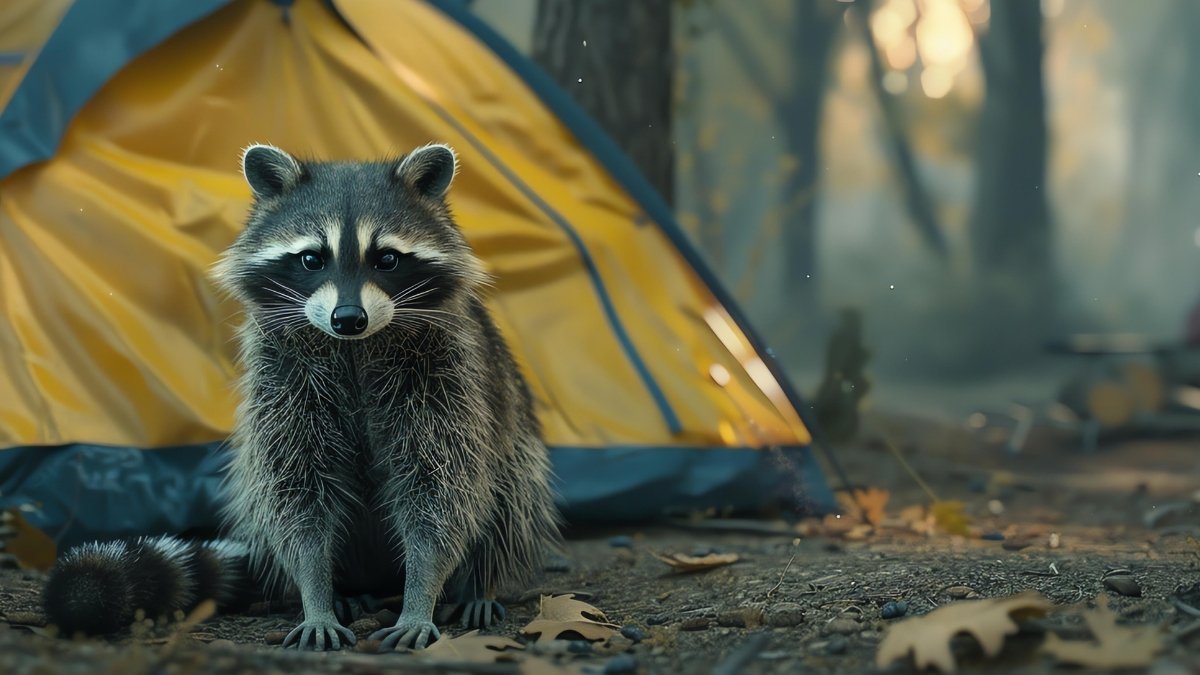Nothing ruins a camping trip faster than a midnight raid. You wake up to find your cooler ransacked, your gear shredded, and your breakfast scattered across the dirt. It’s a frustrating, messy, and totally avoidable problem.
The issue isn’t just that animals are hungry; it’s that your menu is practically irresistible. Those common camping foods you packed are broadcasting a powerful scent signal.
This guide breaks down the 13 items that are foods that attract raccoons and other pests most. You’ll learn the simple, expert strategies on how to store food when camping to keep your site secure, your food safe, and your trip peaceful.
1. Bacon, Sausages, and Cured Meats
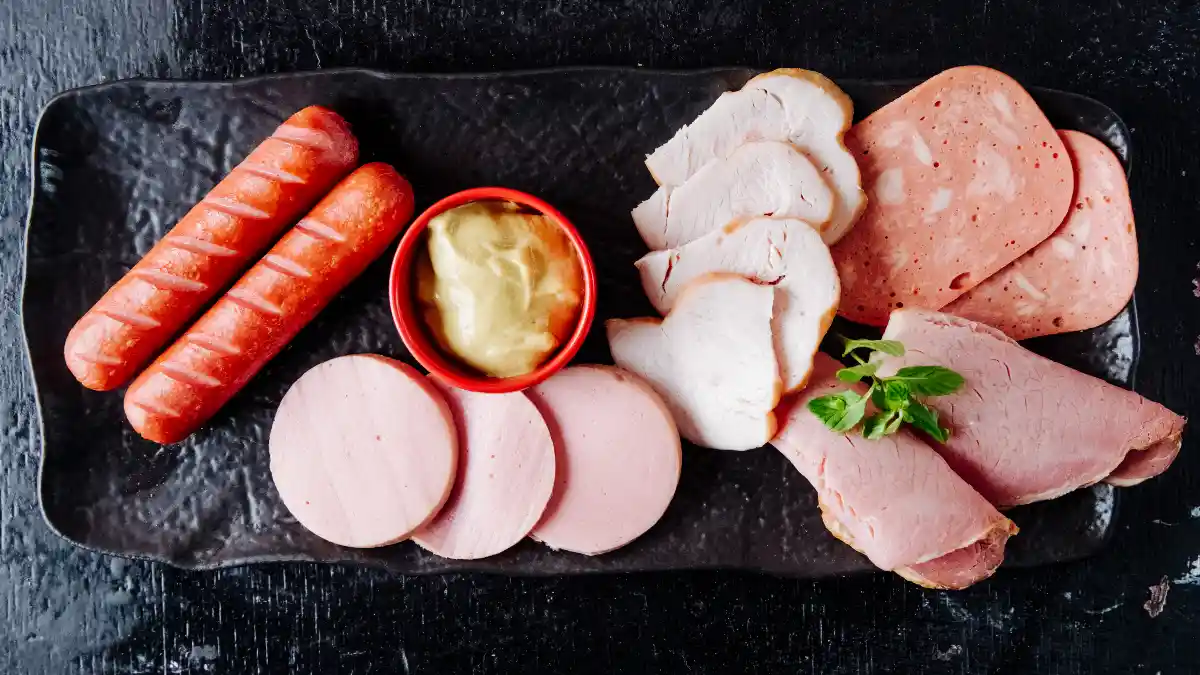
When you cook bacon or sausage, tiny bits of fat and salt fly into the air. This creates a powerful smell that travels a long way.
It’s a clear signal of a high-calorie meal to any nearby animal. The smell of grease can also stick around for days, attracting wildlife long after you’ve eaten. Primary pests attracted include bears, raccoons, skunks, coyotes, foxes, and ants.
One camper said a raccoon went into their ice chest just to steal sausage, even though the camper was sitting only 10 feet away. Cook on a camp stove instead of a grill to reduce grease splatter and smell.
After cooking, pour all leftover grease into a sealed container (like a Nalgene bottle or an old coffee can) to pack out. Never pour grease in the fire pit. It won’t burn completely, and the smell will attract animals.
2. Grilled Burgers and Hot Dogs
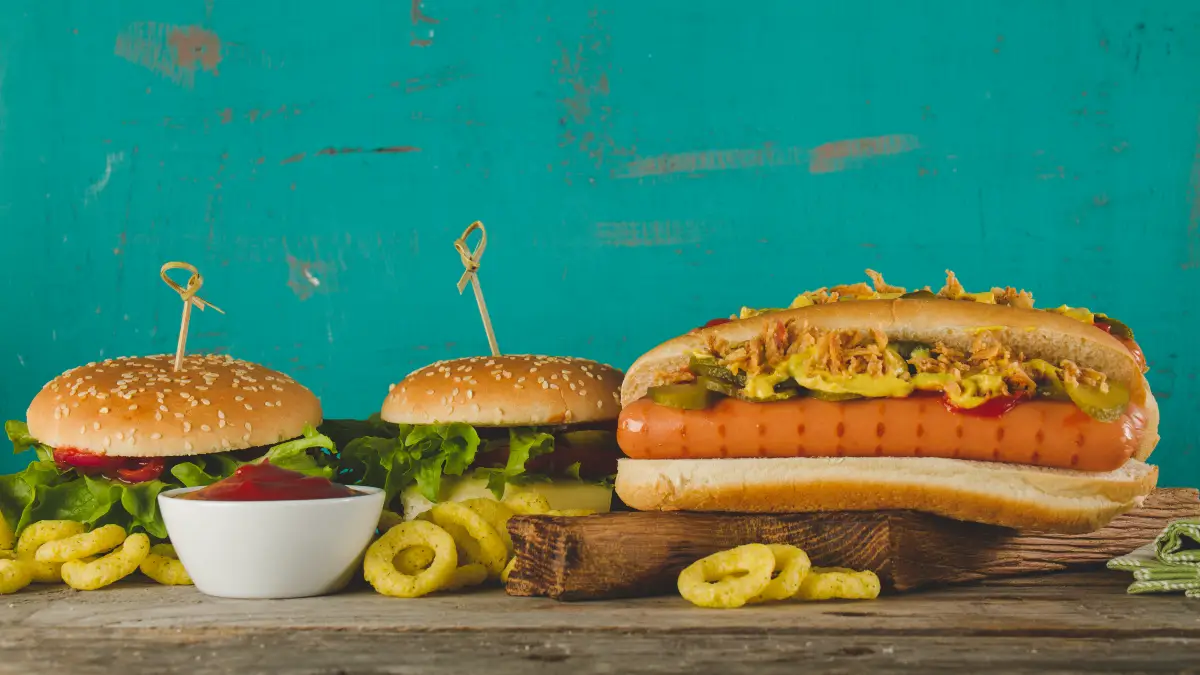
The mix of sizzling meat and smoke is like a megaphone, telling animals for miles that there’s a fresh meal available. Smoke carries the scent particles over long distances. Primary pests attracted include bears, raccoons, and stinging insects.
Wasps especially seem to like hamburgers and hot dogs. One group of campers was shocked when a raccoon stole a bag of hot dog buns from right beside their fire. Another camper turned away for a second and saw a raccoon holding their pack of hot dogs.
Clean your grill and cooking tools right after you use them. Scrape off all food bits and wash everything at least 100 yards from your tent. This helps the smells spread out away from where you sleep. Store the clean grill in your car or a food locker.
3. Fresh Fish
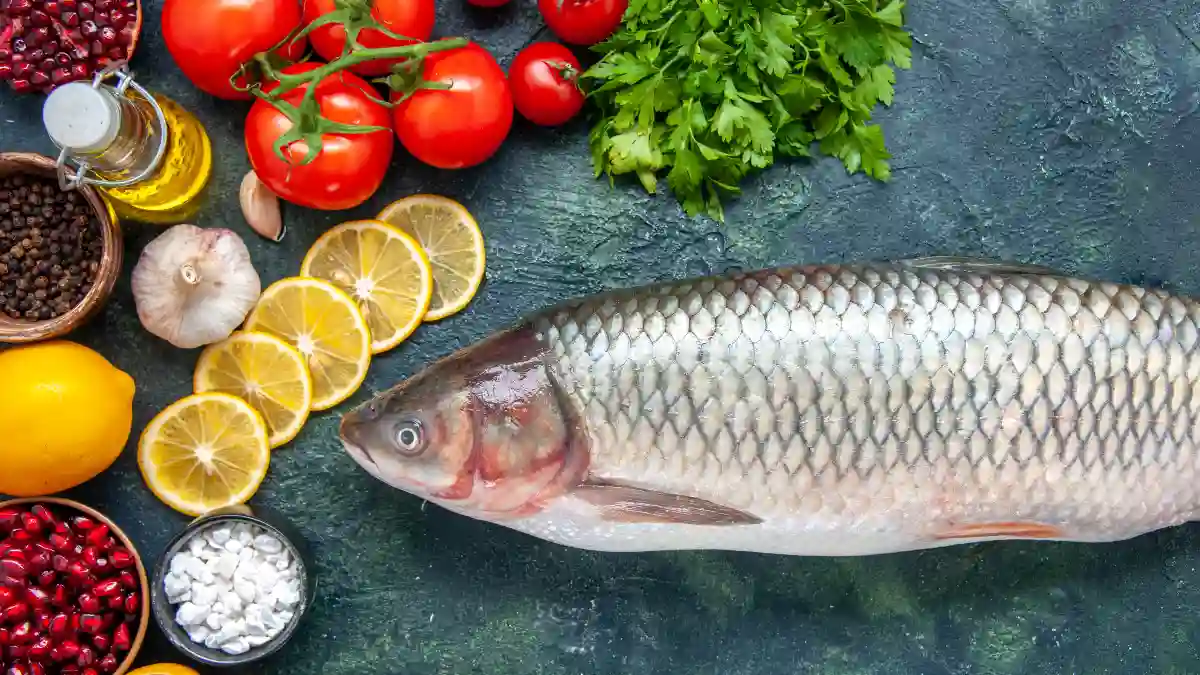
Fish has one of the strongest and most unique smells in the wild. This is because of chemicals like trimethylamine. It’s a smell that really stands out in a forest and signals a rich source of protein.
Primary pests attracted include bears (especially grizzlies), raccoons, birds of prey, and skunks. In bear country, park rangers tell you to leave strong-smelling foods like fish at home to avoid dangerous encounters.
If you have to cook fish, do it early in the evening. This gives the smells time to fade before night, which is when many animals are most active. Put all fish parts, like bones and skin, in two odor-proof bags and store them in a hard container away from your tent.
4. Ripe & Overripe Fruit
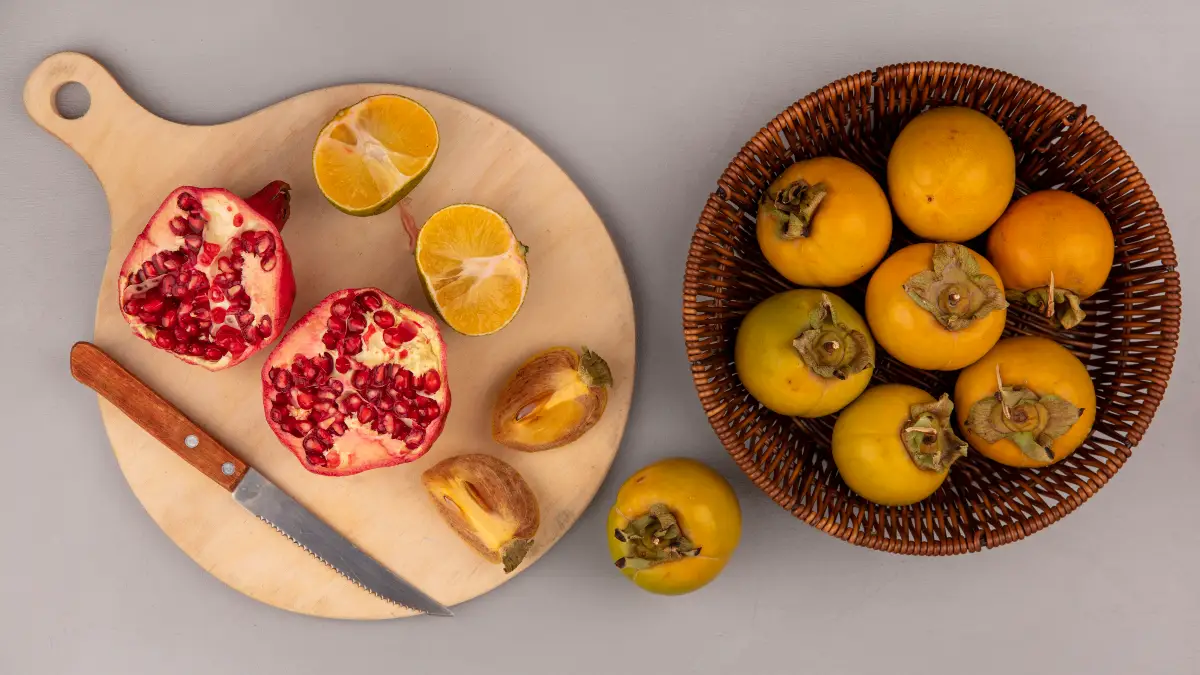
When fruit gets ripe, its sugars start to ferment a little. This releases sweet-smelling esters and alcohols that attract a wide range of animals, from tiny fruit flies to big bears.
Primary pests attracted include fruit flies, bees, wasps, ants, rodents, raccoons, and bears. Experts say even common fruits like apples and oranges can attract lots of pests. Leaving bananas out is a sure way to get a swarm of fruit flies.
Keep all fruit in a cooler or your car. You must pack out all peels and cores in a sealed bag. Tossing an apple core in the woods isn’t natural; it’s an invitation for animals to check out your campsite for more food.
5. S’mores (Marshmallows & Chocolate)
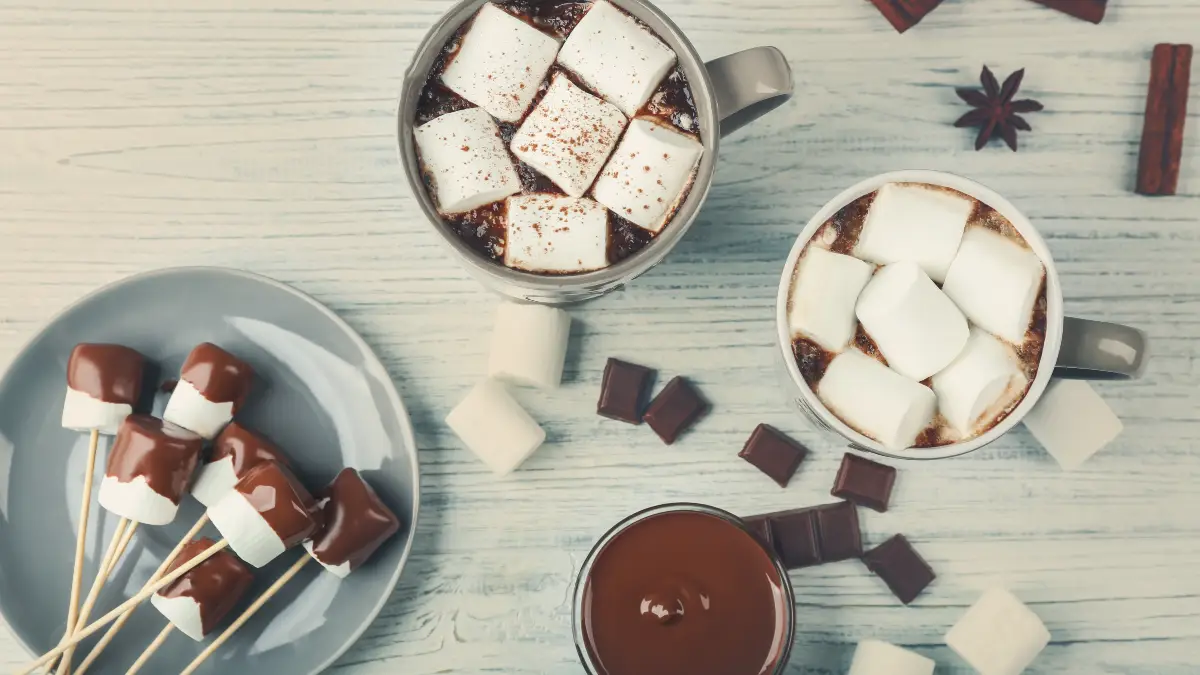
This campfire favorite is a bomb of sugar and fat. The strong sweetness of marshmallows and the rich smell of chocolate is a magnet for any animal looking for a quick energy hit.
Primary pests attracted include ants, raccoons, mice, and skunks. One camper saw a raccoon run right through their group, grab a whole bag of marshmallows, and climb a tree to eat them while staring down at everyone. Treat marshmallow and chocolate wrappers like they are still food.
A sticky wrapper has enough smell to attract pests. Pack them out right away in a sealed trash bag. Use wet wipes to clean sticky hands and faces, and put the used wipes in your secure trash.
6. Sugary Drinks (Soda, Juice, Alcohol)
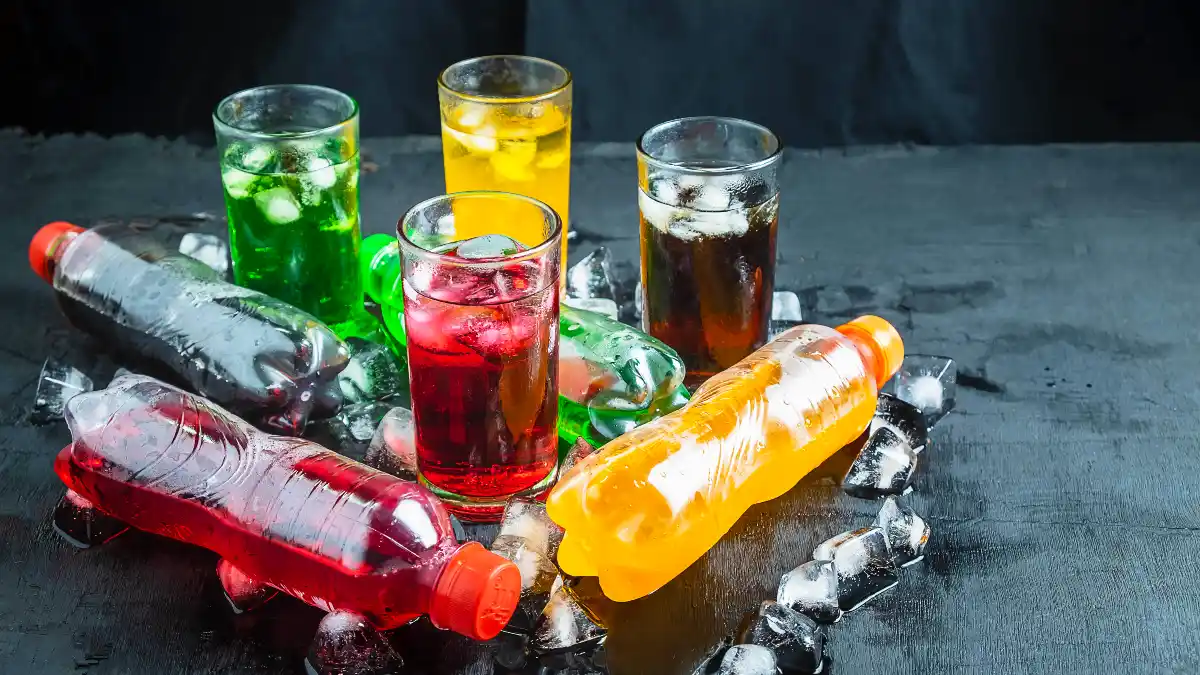
The sugar in drinks like soda is a big target for stinging insects that are used to sweet flower nectar. The fermenting sugars in beer and wine also attract fruit flies and beetles. Primary pests attracted include wasps, bees, ants, fruit flies, and beetles.
An open can of soda on a picnic table is a common reason for wasps to show up and bother campers. Don’t drink from open cans, since bugs can hide inside. Pour drinks into cups with lids. Clean up spills right away.
Rinse out empty cans and bottles before crushing them and putting them in a sealed trash container.
7. Beef Jerky & Other Dried Meats
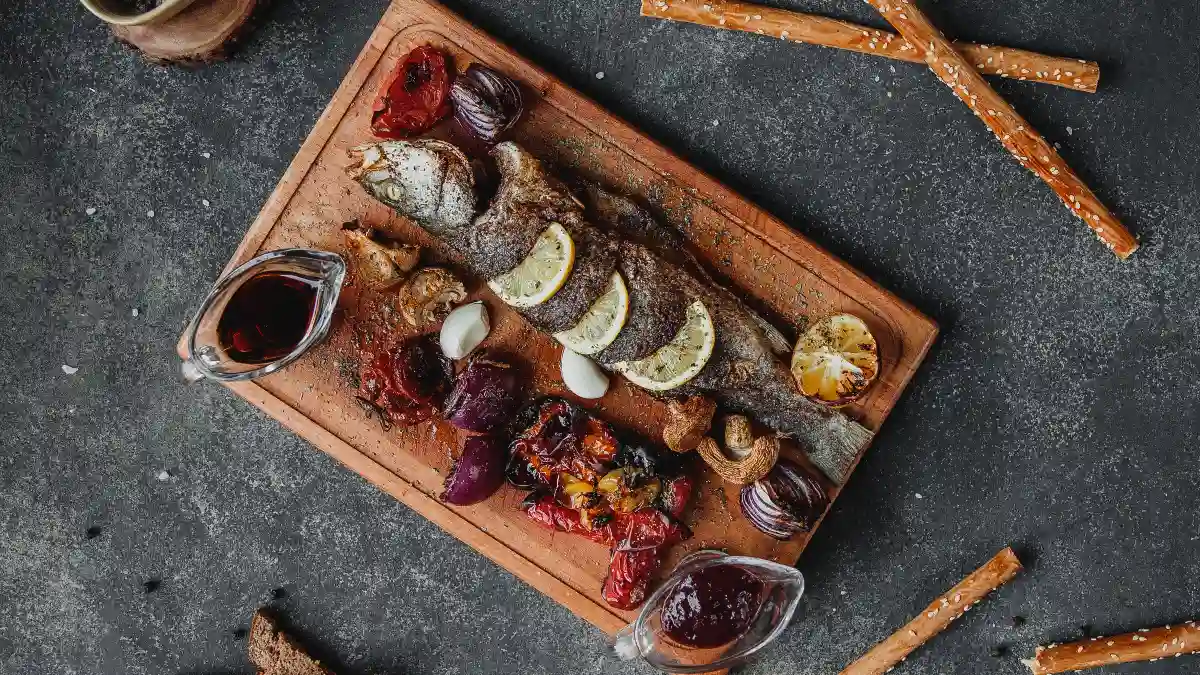
Jerky has a strong, concentrated smell of protein and salt. It’s a clear signal to animals that a high-energy food source is nearby. Primary pests attracted include mice, marmots, raccoons, and bears.
A single piece of jerky left in a jacket pocket is enough to make a mouse chew through your tent to get it. One camper in Havasu Falls had their jerky stolen from a properly hung food bag.
The raccoon climbed onto the bag to get it out. Never bring jerky or any food into your tent. Before bed, empty the pockets of any clothes you’ll have in your tent. Store jerky in its sealed bag or another odor-proof bag inside your main food container.
8. Peanut Butter
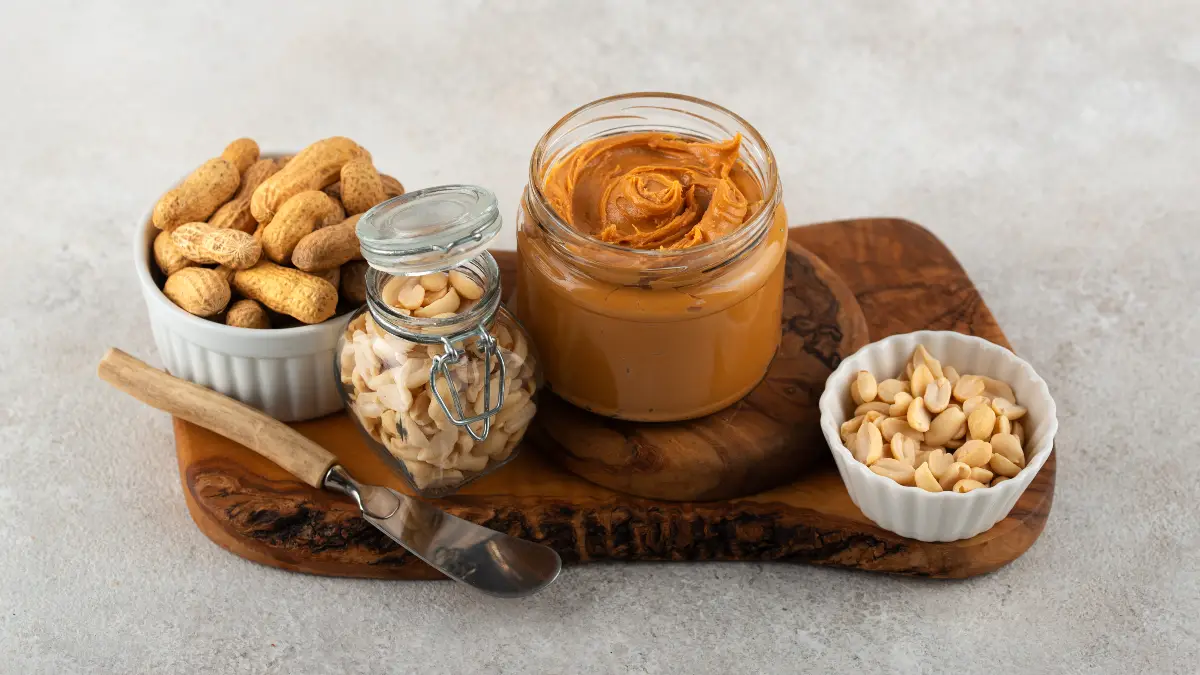
Peanut butter is a mix of protein, fat, and salt. Its oily texture means the smell sticks to surfaces and lasts a long time. Primary pests attracted include ants (some types like salty and fatty foods more than sweet ones), rodents, raccoons, and bears.
Pest experts point out that peanut butter is a big attractant for ants that are looking for protein and fat for their colonies.
After you use it, wipe the rim of the peanut butter jar with a paper towel. Store the closed jar in a Ziploc bag before putting it in your main food container.
9. Cheese & Charcuterie
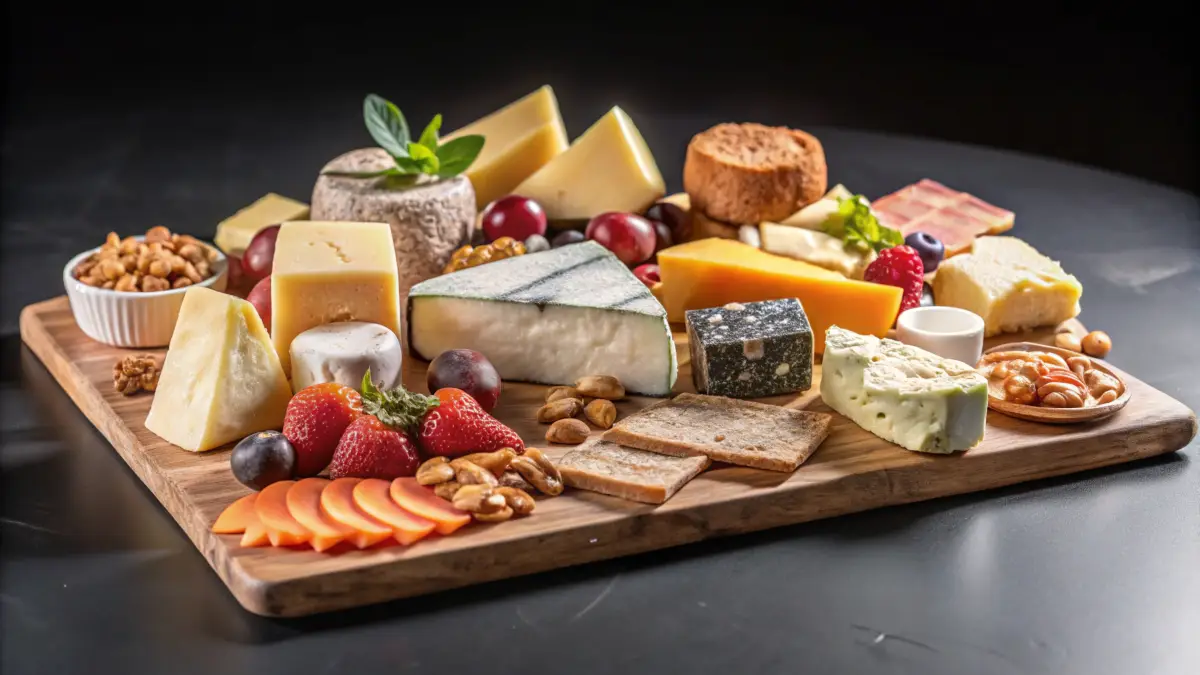
Aged cheeses and cured meats are high in fats and salts, giving off strong smells that animals can easily detect. They are packed with calories and are a favorite for animals that eat anything. Primary pests attracted include raccoons, bears, and rodents.
A mouse will chew through a backpack to get to a block of cheese. Experts say that foods rich in protein like meats and cheeses are very tempting to big pests like raccoons and bears, who can smell them from far away.
Move cheese and meats from their store packaging into smaller, sealed bags. This reduces smells and also saves space and cuts down on trash.
10. Pet Food
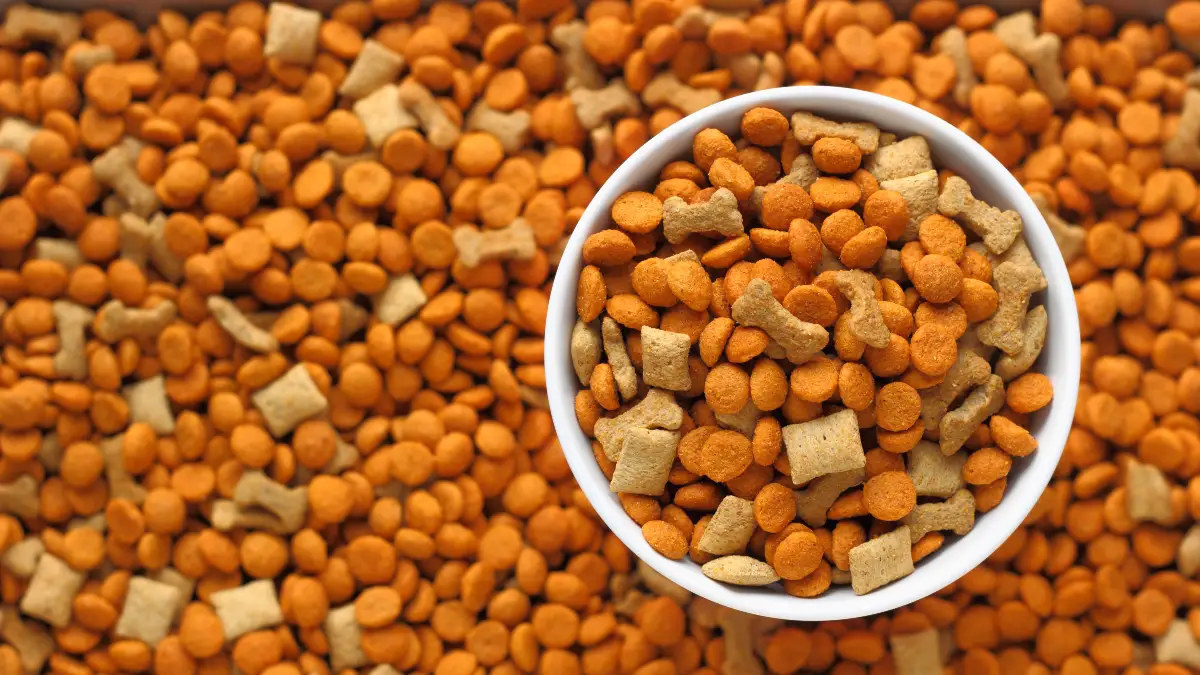
Pet food is made with fats and meats to be extra tasty for pets. Its strong, meaty smell is a huge draw for a lot of wildlife. Primary pests attracted include raccoons, bears, coyotes, foxes, skunks, rodents, and ants.
A news report showed a raccoon that kept stealing pet food packages from a porch. The animal tore through the box and the bag to get the food, showing how much it wanted it. Treat pet food just like your own food.
Store it in an airtight container in your car or a bear canister. Feed your pet and pick up the bowl right after. Never leave a food bowl out.
11. Eggs
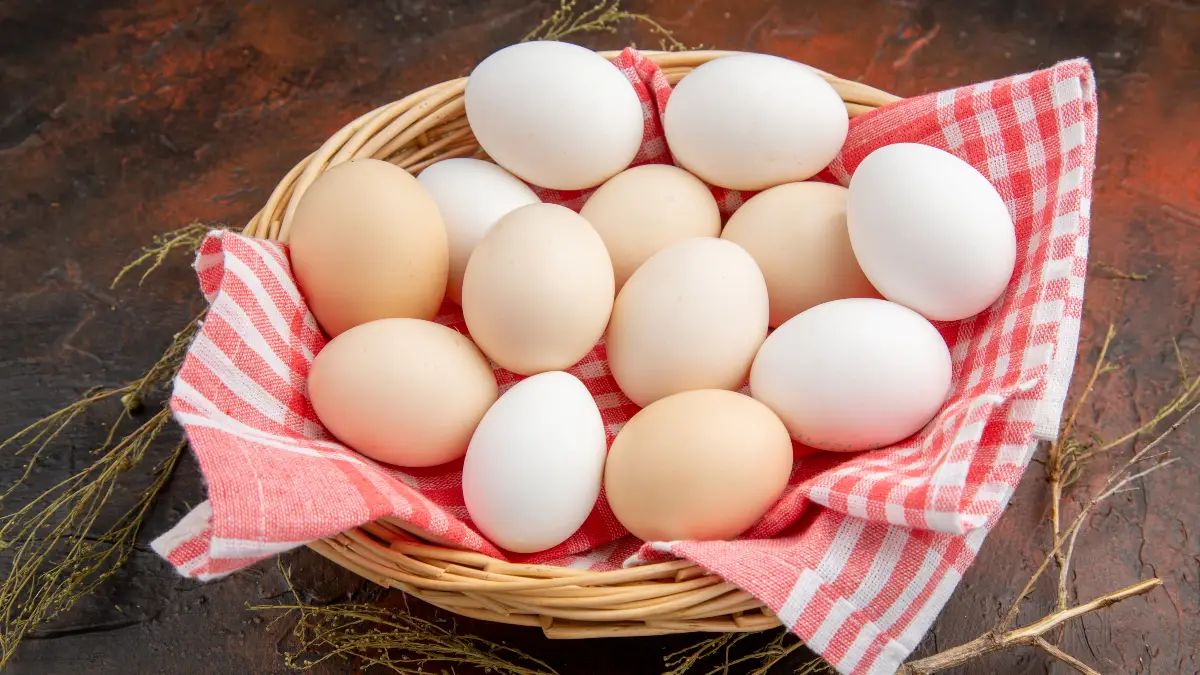
An egg in its shell doesn’t smell much. But after you crack it, the shells have a strong protein smell that attracts scavengers. The smell of cooking eggs is also a big draw. Primary pests attracted include raccoons, skunks, snakes, foxes, crows, and jays.
While stories of egg theft aren’t common, the fact that camping stores sell special egg carriers shows they are a food you need to protect.
After you use them, crush the eggshells and put them in a Ziploc bag with used coffee grounds. The coffee smell helps cover the egg smell, making it less attractive to pests.
12. Trail Mix, Nuts, and Seeds
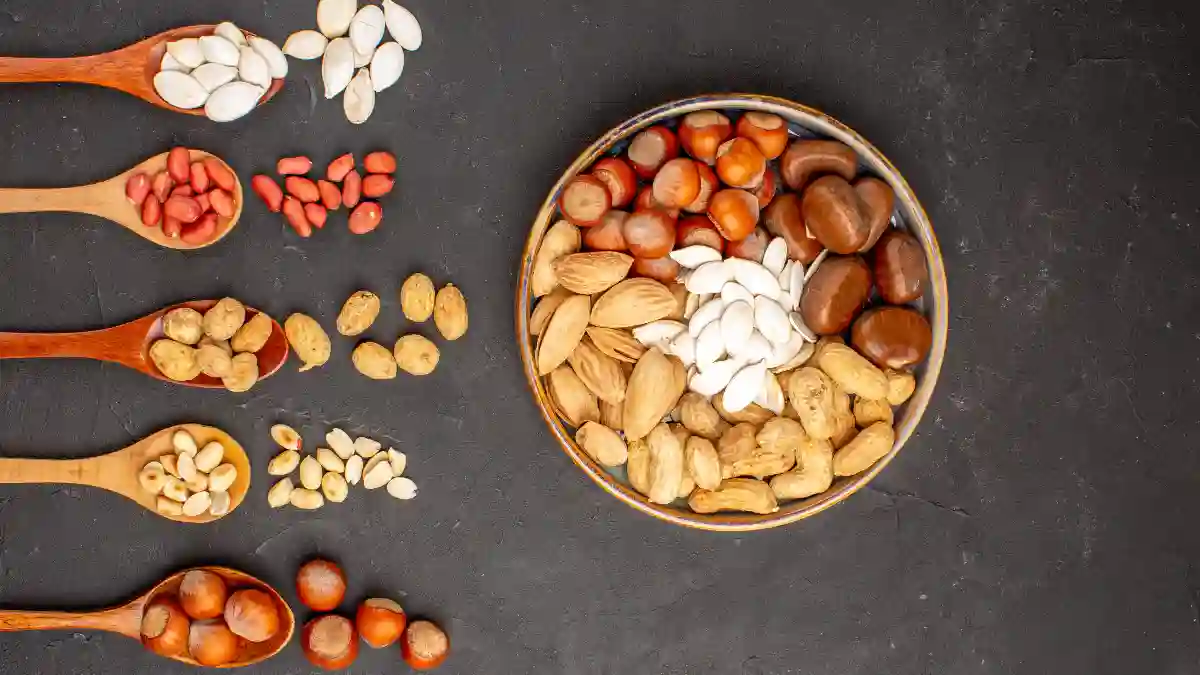
This is a very concentrated source of fat and protein. The natural oils in nuts and seeds have a rich smell that signals a high-energy food, which is great for smaller animals.
Primary pests attracted include rodents (chipmunks, squirrels, mice), raccoons, and bears. Campers are often told that squirrels and chipmunks will grab food in the middle of the day, and trail mix is a top target.
One camper even had a fox steal a Bluetooth speaker, probably because it smelled like food. Never leave trail mix out on a table or in an open backpack. Even if you’re just going to the bathroom, seal the bag and put it in a secure container. Small rodents are very fast and bold.
13. Crumbs & Food Scraps
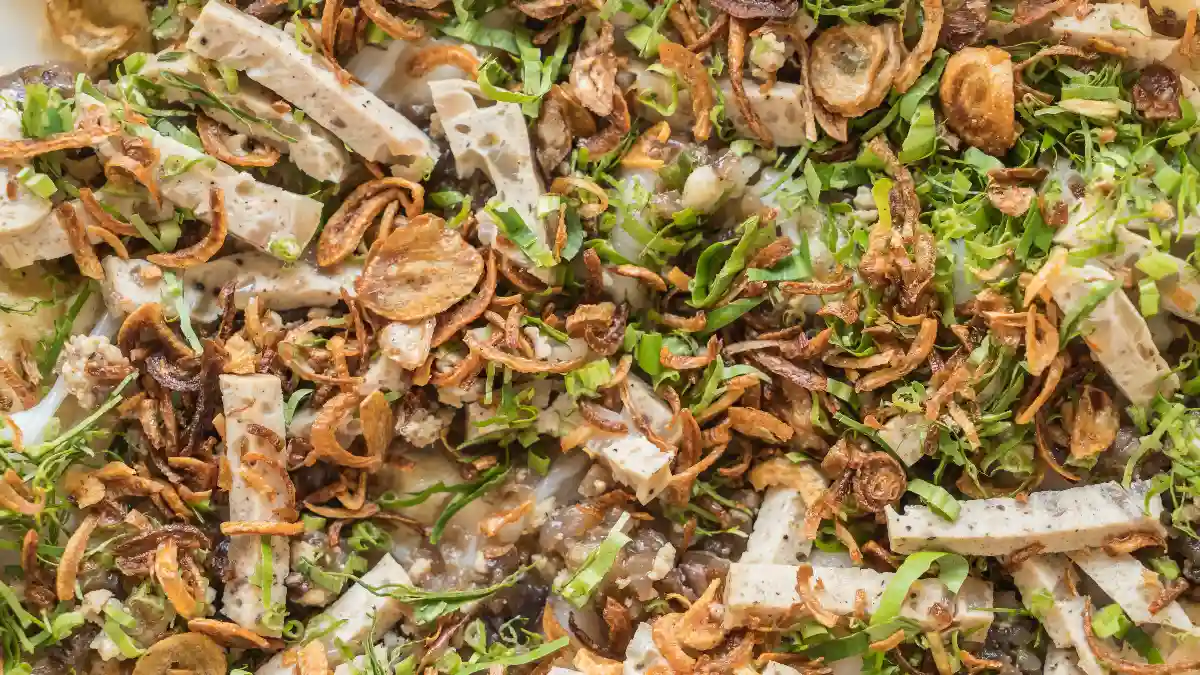
A few crumbs or a drop of sauce might not seem like much to you, but they create a scent map that leads pests right to your camp. It’s an easy meal for them. Primary pests attracted include ants, rodents, raccoons, and birds.
Experts say that food wrappers and crumbs can attract pests just as much as the food itself. You can’t avoid all crumbs, but cleaning up well is key to keeping ants and other bugs away. Use a “5-second rule for cleanup.”
Pick up any dropped food right away. Use a small brush or a damp cloth to wipe down the picnic table, chairs, and cooking area after every meal. A clean camp is an invisible camp to most pests.

